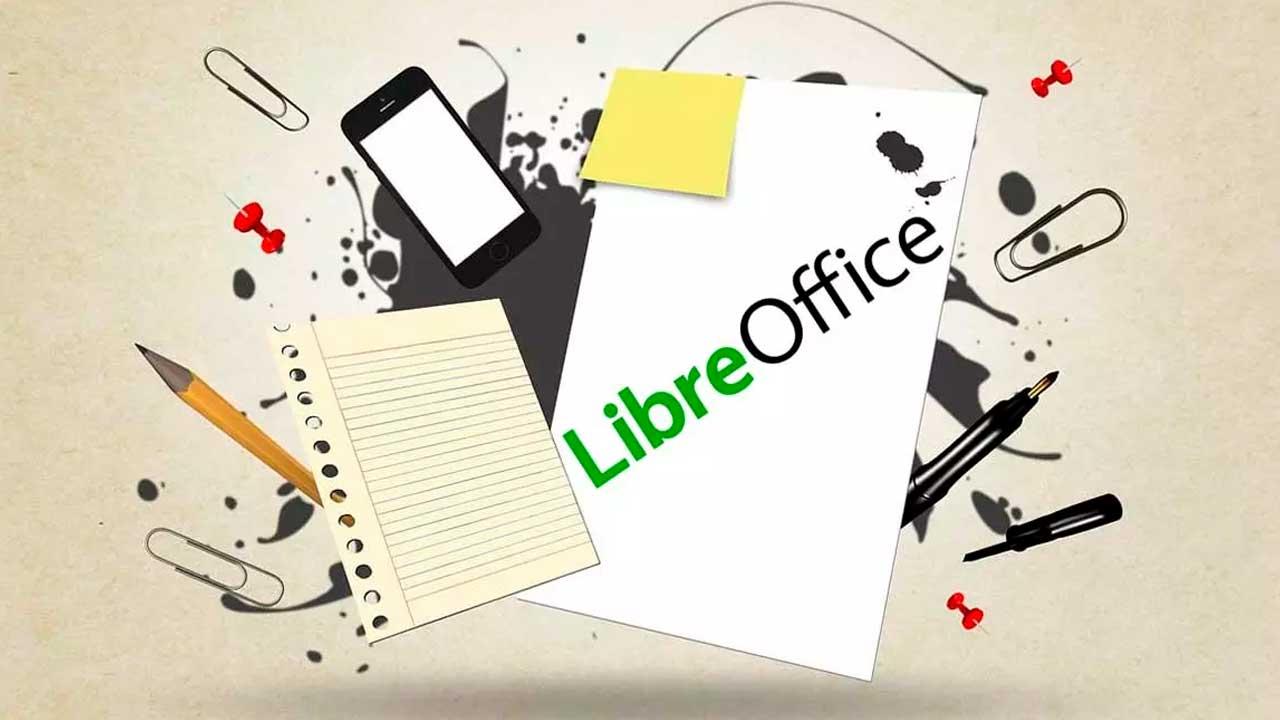Metal is a technique that enables better graphics on iOS and macOS. It is mainly used for games. Developers have access to more advanced processor and graphics card capabilities with the Metal development kit. In this guide we tell you everything about Metal and the associated development kit for the iPhone, iPad, iPod and Mac.
- What is Metal?
- Suitable devices for Metal 3
- Metal versions:
- Metal 3 (2022)
- Metal 2 (2017)
- Metal 1 (2014)
What is Metal?
Metal enables better graphics in games and apps. It is also possible to render graphical environments faster with Metal, for example a game environment. Metal is the successor to OpenGL, but requires less processing power. A similar solution is available for Windows under the name DirectX. It also has similarities with Vulcan. All of these solutions give developers low-level access to the graphics processor (GPU).
Metal was announced during the WWDC 2014 keynote along with iOS 8. It is available on almost all platforms, including iOS, iPadOS, macOS and tvOS. It is only available to Apple users and is not open-source. During WWDC 2023, Apple announced a new Game Porting Toolkit as part of Metal. This makes it easier to convert Windows games to macOS. They are immediately optimized for Apple Silicon.
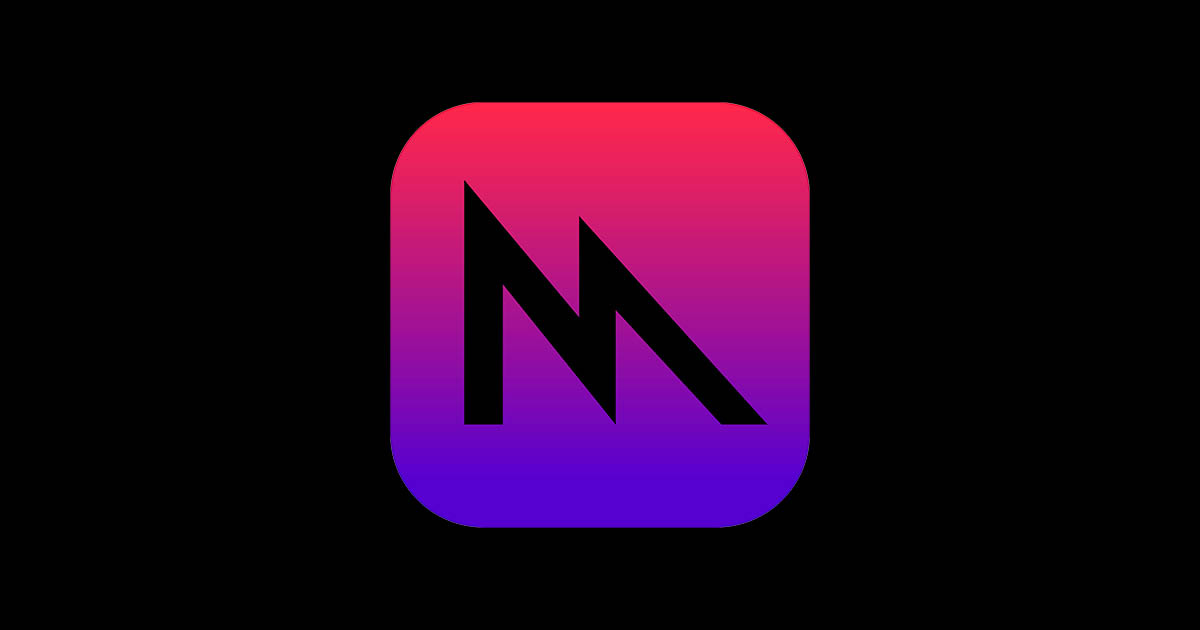
Suitable devices for Metal 3
For the most recent version Metal 3 you will need the following Mac:
Macs and MacBooks:
- MacBook Pro (2017 or later)
- MacBook Air (2018 or later)
- MacBook (2017 or later)
- Mac mini (2018 or later)
- iMac (2020 or later)
- iMac (21.5-inch from 2017)
- iMac Pro
- MacStudio
- Mac Pro (2019 or later)
iPads:
- iPad 9th generation or later
- iPad Air 4th generation or later
- iPad mini 6th generation later
- iPad Pro 11-inch 3rd generation or later
- iPad Pro 12.9-inch 5th generation or later
iPhones:
- iPhone 11 or later
- iPhone SE 2nd generation or later
Support for previous Metal versions can be found on Apple’s website.
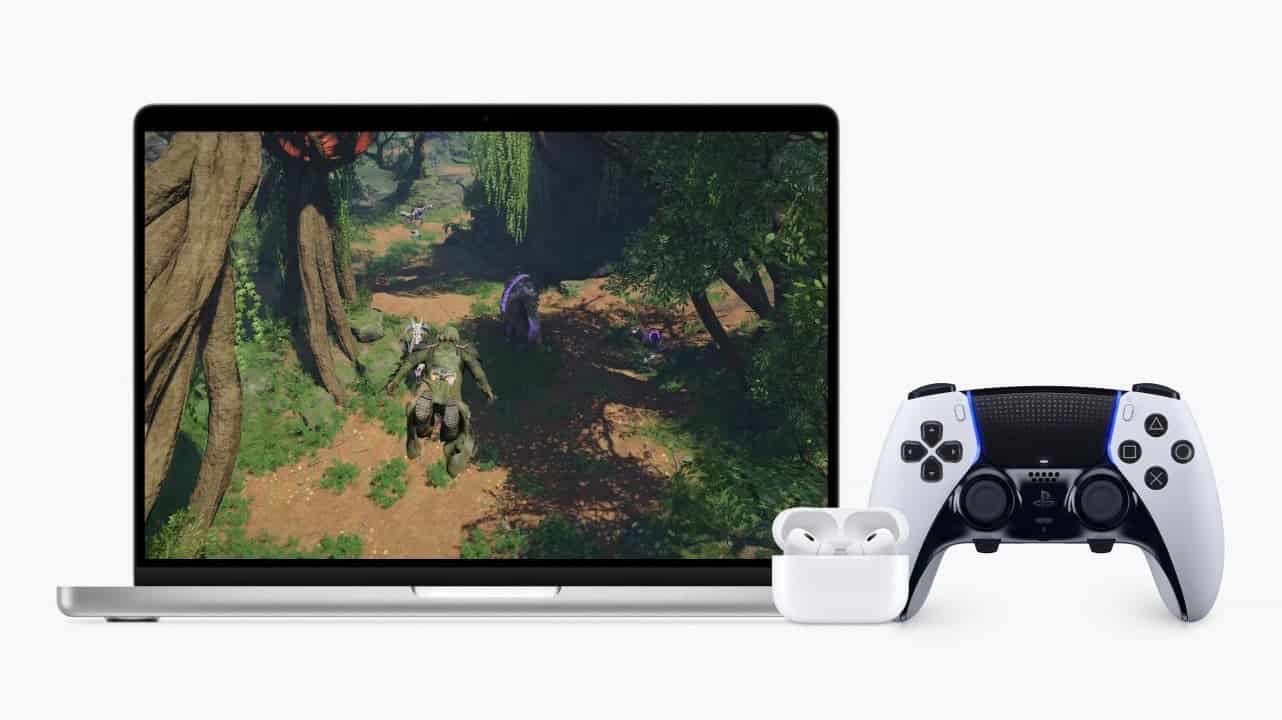
Metal versions
Over the years, Apple has released several versions of Metal, each with improvements:
- Metal 3 (2022)
- Metal 2 (2017)
- Metal 1 (2014)
Metal 3 (2022)
The latest version of Metal was announced during WWDC 2022. Apple promises that this version can render games in high resolution even faster. Also, machine learning networks can be used in conjunction with the GPU for improved productivity.
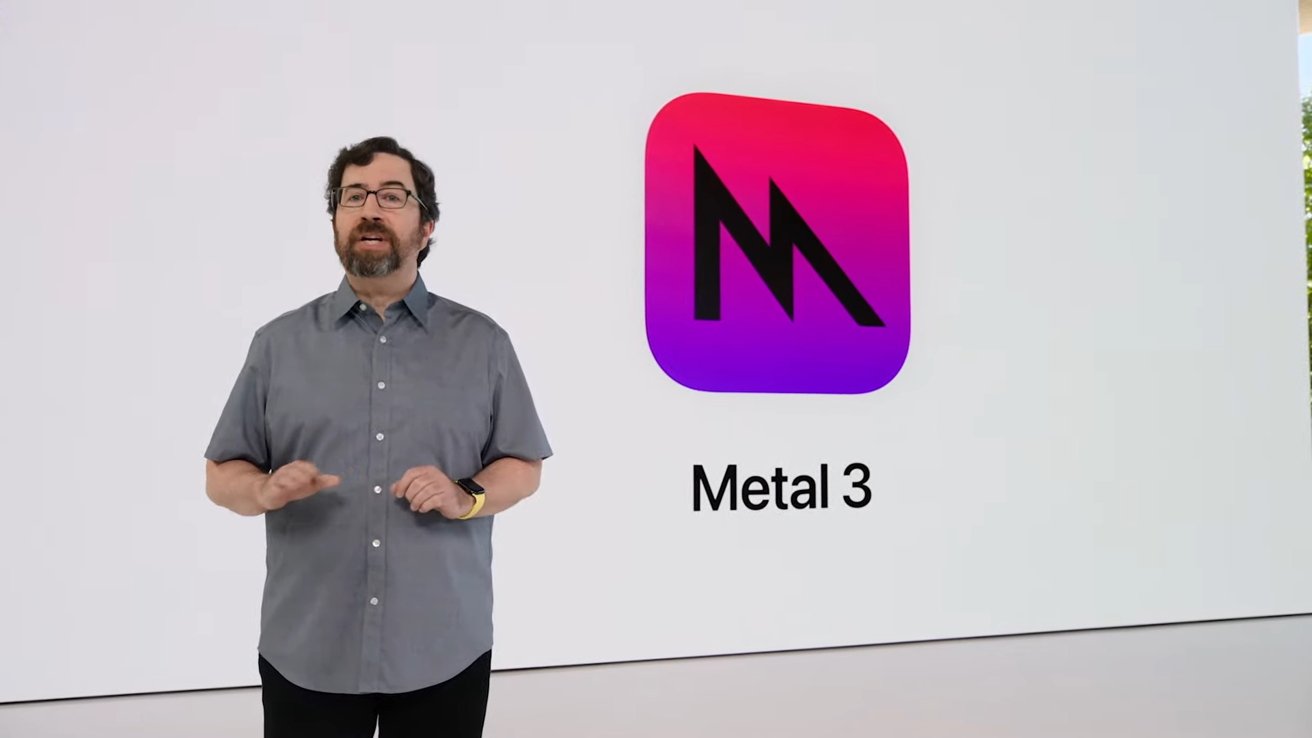
Metal 2 (2017)
In June 2017, Apple announced Metal 2, its first major update. This made it possible to work with external GPUs (see photo) and VR glasses. Apple collaborated with SteamVR, Unreal 4 and Unity for this. Since the arrival of Apple Silicon, it is no longer possible to use external GPUs.
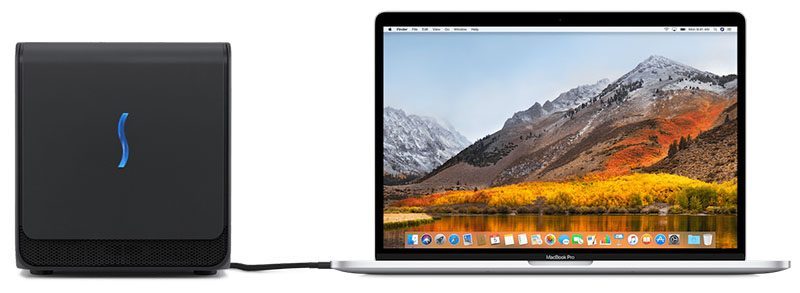
Previously, external graphics cards were not supported and could only be used in a roundabout way. With Metal 2 you could connect an external GPU (eGPU) to the Mac. Apple even launched a special developer kit for this purpose ($599), equipped with an AMD RX 580 graphics card with 8GB RAM and a Thunderbolt 3 port.
Metal 1 (2014)
Metal was introduced in 2014 as a special development kit for iOS 8. Apple explained that Metal can get the maximum performance out of the A7 processor of the iPhone 5s. Metal is more efficient than its predecessor OpenGL and is closer to the raw power of the processor.
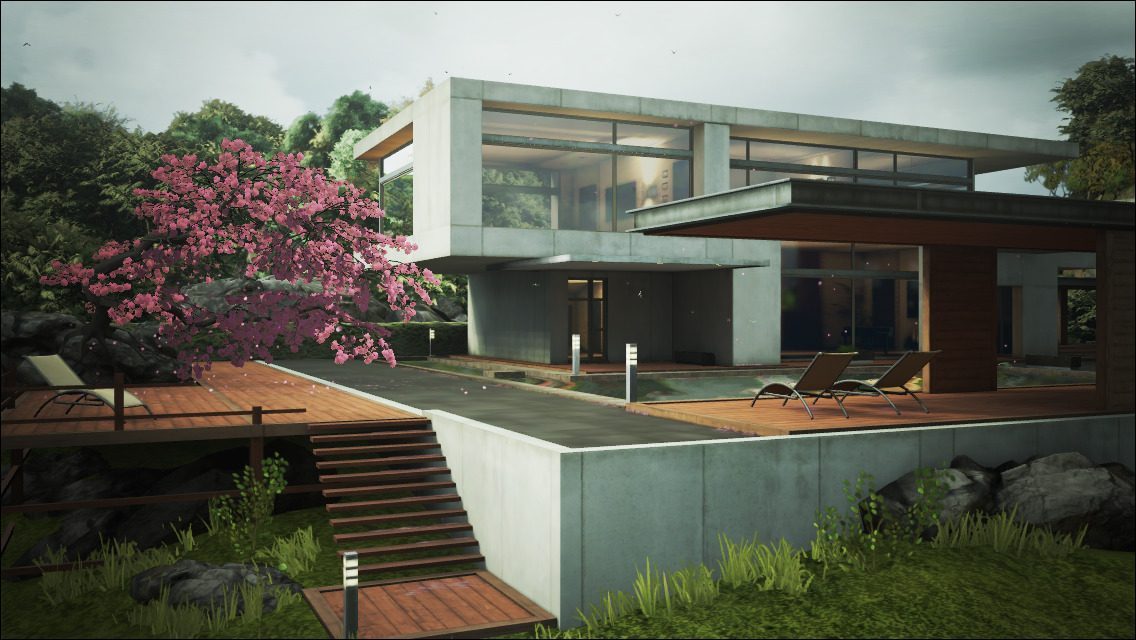
Zen Garden, made with Metal.
As an example, during the same WWDC keynote, Epic Games showed a demo of Zen Garden, an interactive garden where every piece of gravel, every leaf on the tree and hundreds of fish in the water could all move individually.
Metal for macOS was announced a year later at WWDC 2015. According to Apple, Metal was 50% faster than OpenGL at rendering graphical environments. It was also 40% more energy efficient.
Notably, Metal for the Mac was demoed in 2015 by Epic Games’ Tim Sweeney. He showed an optimized version of Fortnite, a game that runs on the Unreal engine. Later, a serious conflict would arise between Apple and Epic Games, after which Fortnite disappeared from the App Store.









